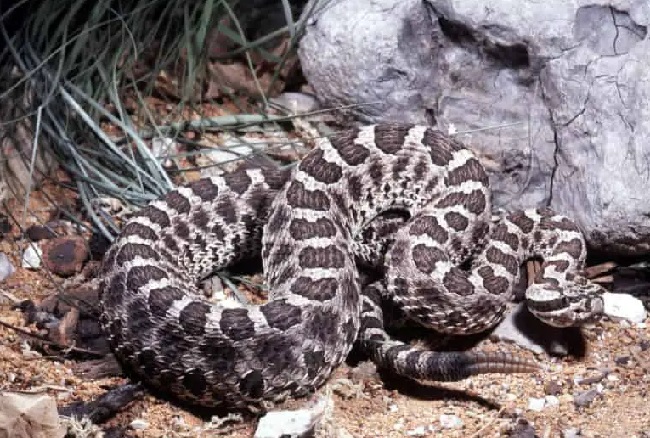From the serene landscapes of the Adirondack Mountains to the bustling heart of New York City, the Empire State boasts an impressive array of Snake species.
This article delves into the rich diversity of Snakes in New York State, unveiling their unique characteristics, natural habitats, and their significant role in maintaining ecological balance.

An Overview of Snake Species in New York State
New York State is home to approximately 17 species of Snakes. These range from the non-venomous Common Garter Snake, which is widely distributed throughout the State, to the Eastern Massasauga, a rare venomous rattleSnake found in wetland habitats.
Non-venomous Snakes of New York
Among the most commonly encountered Snakes in New York State are non-venomous species like the Eastern Milk Snake, the Black Rat Snake, and the Eastern Ribbon Snake. These Snakes are beneficial to our environment, helping control pest populations and maintaining balance in the ecosystem.
The Common Garter Snake, recognizable by its longitudinal stripes, is frequently found in backyards and parks. The Black Rat Snake, New York’s longest Snake, can reach over eight feet and prefers forested habitats.
The Eastern Milk Snake, often mistaken for the venomous Copperhead, can be identified by its distinct “Y” or “V” shaped patch on the back of its head.
Venomous Snakes of New York
While encounters with venomous Snakes are rare, New York State is home to three venomous species: the Eastern Massasauga, the Northern Copperhead, and the Timber RattleSnake.
The Eastern Massasauga, a small rattleSnake, is listed as a threatened species and is found in wetland habitats in Western New York. The Northern Copperhead, recognized by its hourglass pattern, resides in rocky, forested areas in Southeastern New York.
The Timber RattleSnake, a large, heavy-bodied Snake with a distinctive rattle, is found in rugged, forested areas in the Southeastern and Central parts of the State.
New York’s Snake Conservation Efforts
New York State’s Department of Environmental Conservation is dedicated to conserving these critical members of our ecosystem. It focuses on habitat preservation, public education, and managing Snake populations to ensure their survival.
Snakes and Human Interaction
While some individuals may fear Snakes, it is essential to note that most Snakes in New York State are non-venomous and pose little threat to humans.
Even venomous Snakes are generally shy and will avoid human contact if possible. Encounters with venomous Snakes leading to bites are infrequent and usually result from trying to handle or harm the Snake.
Human activities often pose a more significant threat to Snake populations. Habitat destruction, road mortality, persecution, and illegal collection for the pet trade are the leading causes of Snake population declines. Education and understanding can help mitigate these impacts and foster coexistence.
Identifying Snakes in New York
One common fear that people have is misidentifying venomous Snakes as non-venomous ones or vice versa. Understanding the key characteristics of different Snake species can help with correct identification.
For instance, the Eastern Massasauga has a broad, triangular head, cat-like vertical pupils, and a rattle on its tail. In contrast, the Eastern Milk Snake has round pupils and a distinctive “Y” or “V” shaped patch on the back of its head.
It’s also helpful to familiarize yourself with the habitats of different Snake species. For instance, the Northern Copperhead tends to inhabit rocky, forested areas, while the Common Garter Snake can be found in a variety of environments, including urban areas.
Conclusion
The Snakes of New York State are fascinating creatures, each with its unique characteristics and vital role within the ecosystem. Understanding and respecting these creatures is key to coexisting peacefully and preserving the biodiversity of the State.
Through conservation efforts and continued education, we can ensure that future generations will also be able to appreciate the diverse Snake species that call New York State home.
























